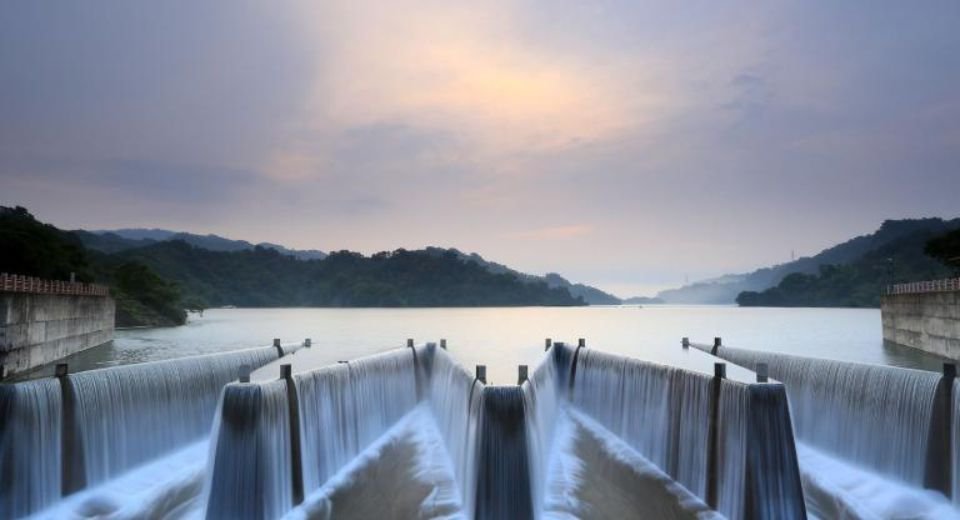HQ Team
October 8, 2024: Glaciers suffered the largest mass loss in 50 years as last year marked the driest for global rivers in 33 years, according to a World Meteorological Organization report.
This has triggered critical changes in water availability for communities, agriculture and ecosystems, further stressing global water supplies.
Last year was the second consecutive year in which all global regions with glaciers reported ice loss.
Currently, 3.6 billion people face inadequate access to water at least a month per year and this is expected to increase to more than 5 billion by 2050, according to UN Water.
The world is far off track on Sustainable Development Goal 6 on water and sanitation, according to the State of Global Water Resources report.
‘Distress signals’
“Water is the canary in the coal mine of climate change,” said WMO Secretary-General Celeste Saulo. “We receive distress signals in the form of increasingly extreme rainfall, floods and droughts which wreak a heavy toll on lives, ecosystems and economies.
“Melting ice and glaciers threaten long-term water security for many millions of people. And yet we are not taking the necessary urgent action,” she said.
With 2023 being the hottest year on record, elevated temperatures and widespread dry conditions contributed to prolonged droughts.
Southern US, Central America, Argentina, Uruguay, Peru and Brazil were affected by widespread drought conditions, which led to a 3% gross domestic product loss in Argentina and the lowest water levels ever observed in Amazon and Lake Titicaca.
At the same time, there were also floods worldwide. The extreme hydrological events were influenced by naturally occurring climate conditions – the transition from La Niña to El Niño in mid-2023 – as well as human-induced climate change.
Most human casualties
Africa was the most impacted in terms of human casualties. In Libya, two dams collapsed due to a major flood in September 2023, claiming more than 11,000 lives and affecting 22% of the population.
Floods also affected the Greater Horn of Africa, the Democratic Republic of Congo, Rwanda, Mozambique and Malawi.
“As a result of rising temperatures, the hydrological cycle has accelerated. It has also become more erratic and unpredictable, and we are facing growing problems of either too much or too little water,” the WMO Secretary-General said.
“A warmer atmosphere holds more moisture which is conducive to heavy rainfall. More rapid evaporation and drying of soils worsen drought conditions,” she said.
There is far too little known about the true state of the world’s freshwater resources, she said. “We cannot manage what we do not measure.”
Catchment areas in deficit
The inflows into reservoirs showed a similar pattern to the global river discharge trends. India, North, South and Central America, and parts of Australia experienced below-normal inflow conditions.
Similar to 2022 and 2021, over 50% of global catchment areas showed abnormal conditions, with most of them being in deficit.
Notable depletion in groundwater availability was observed in parts of North America and Europe due to prolonged drought.
Glaciers lost more than 600 gigatonnes of water, the worst in 50 years of observations, according to preliminary data for September 2022 – August 2023.








